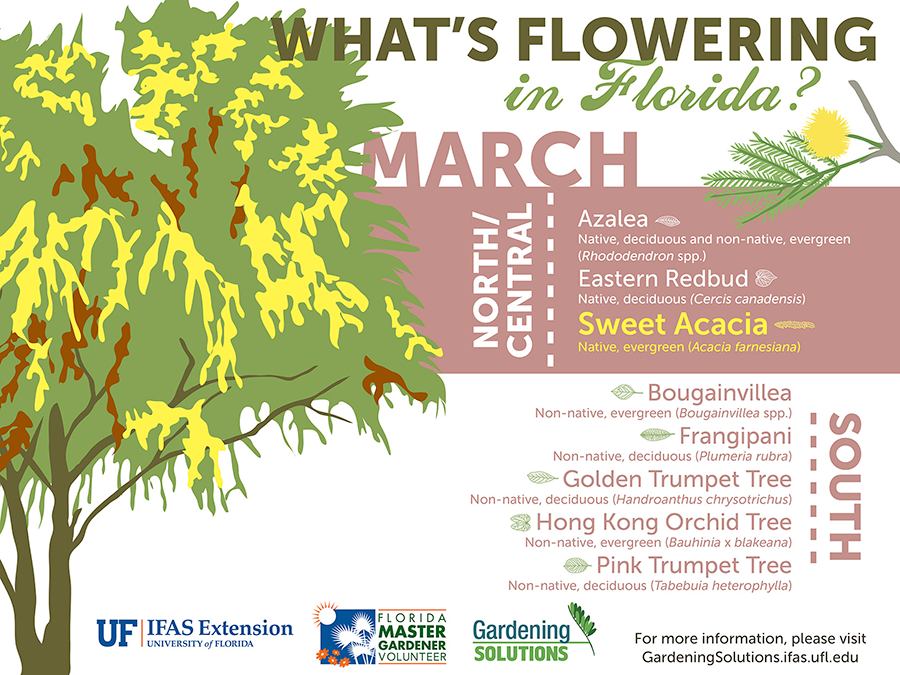Safeguarding Your Landscape: Replanting After Tree Elimination
Safeguarding Your Landscape: Replanting After Tree Elimination
Blog Article
Content Develop By-Lindsay Thomassen
Tree elimination can leave a space in your landscape that needs dental filling. You can grow something new in that space, yet it takes additional treatment and interest at the beginning to help it thrive.
The dirt because location will certainly maintain changing over time as microorganisms break down the old origins. That can affect the vitamins and mineral equilibrium and physical space for new growth.
Soil
The dirt in a story where a tree has been eliminated is likely to be extremely different from the remainder of your garden or lawn. The roots of the old tree and the stump will certainly have transformed the soil, eliminating some nutrients and perhaps crowding out various other plants. On top of that, if the previous tree was diseased, the infectious representative may still remain in the ground.
The visibility of origins cultivates an abundant and varied neighborhood of dirt bacteria that boosts essential processes like nutrition biking and organic matter disintegration. Without these microbes, the displaced dirt can come to be less productive and nutrient-depleted, with an unfavorable impact on plant growth.
Prior to replanting, the soil ought to be eliminated of particles and natural product (such as timber chips from stump grinding). You may want to mix in potting dirt or native dust with this garden compost to supply your brand-new planting with an atmosphere that is well balanced and filled with nutrients.
Water
Tree roots take in big quantities of water from the soil. This procedure likewise includes nutrients back to the dirt, particularly nitrogen, which is crucial for new trees and plants. Regrettably, old soil can be diminished of these vital minerals as a result of the rotting origins and stump from a gotten rid of tree.
This is why it is essential to have a plan for the future of your landscape. Ideally, the most effective time to plant is when you have a clean slate.
Whether you're planting yard or flowers, ensure to use a soaker hose to avoid overwatering your brand-new landscaping. If the area was a garden, make sure to cover the dirt with organic mulch to assist keep wetness in the soil, control dirt temperature levels and suppress weeds. This likewise offers a layer of security for young plants and advertises worm task. Then, regularly restore the mulch to proceed enhancing the dirt nutrient thickness and microbial life. This is referred to as soil reconstruction.
Light
Trees are a wonderful enhancement to any landscape, giving color, visual pulchritude, and lots of various other benefits. However, in https://grindouttreestump28406.wssblogs.com/29358527/remove-trees-with-self-confidence-a-comprehensive-guide-to-safe-and-effective-tree-removal-practices become undesirable as a result of a variety of factors, consisting of disease, pest problems and all-natural aging.
In https://www.forbes.com/sites/houzz/2017/06/16/how-to-make-the-most-of-your-side-yard/ , it may be required to eliminate a tree. It is essential to consider the worth of a particular tree in your landscape design and take the appropriate steps to guarantee that the removal is done safely and successfully.
During the late summertime, it's a perfect time to perform upkeep and inspections on existing trees. Search for signs of illness, insect infestations, or architectural damage, as well as any possible dangers such as damaged or leaning trees.
Prior to beginning any kind of building and construction tasks, make certain to safeguard the root areas of existing trees by staying clear of soil compaction and grading around them. Organic matter, as it breaks down, can create toxic gases that are damaging to the origins of a tree. It's additionally a great concept to mulch the area around a tree after building has finished to preserve dampness and suppress weed development.
Temperature
Trees are essential to a landscape for their visual appeal, but they likewise play an important duty in the regional ecological community by giving color and windbreaks. They support wildlife environments and lower the quantity of carbon dioxide airborne, which can add to worldwide warming. This is why it is advisable to replant trees after removing one from the home.
When replanting a new tree in the location of a previous stump, the soil might not have sufficient nutrients to support it. It is best to wait for a year prior to planting to guarantee that the soil will certainly be rich in nutrients.
To ensure that replanted trees prosper, it is vital to supply them with appropriate care. A layer of compost will keep soil dampness from vaporizing, regulate soil temperature, and help suppress weeds. Organic compost is the favored option due to the fact that it boosts soil fertility. Ongoing fertilization and insect control are also necessary for replanted trees.